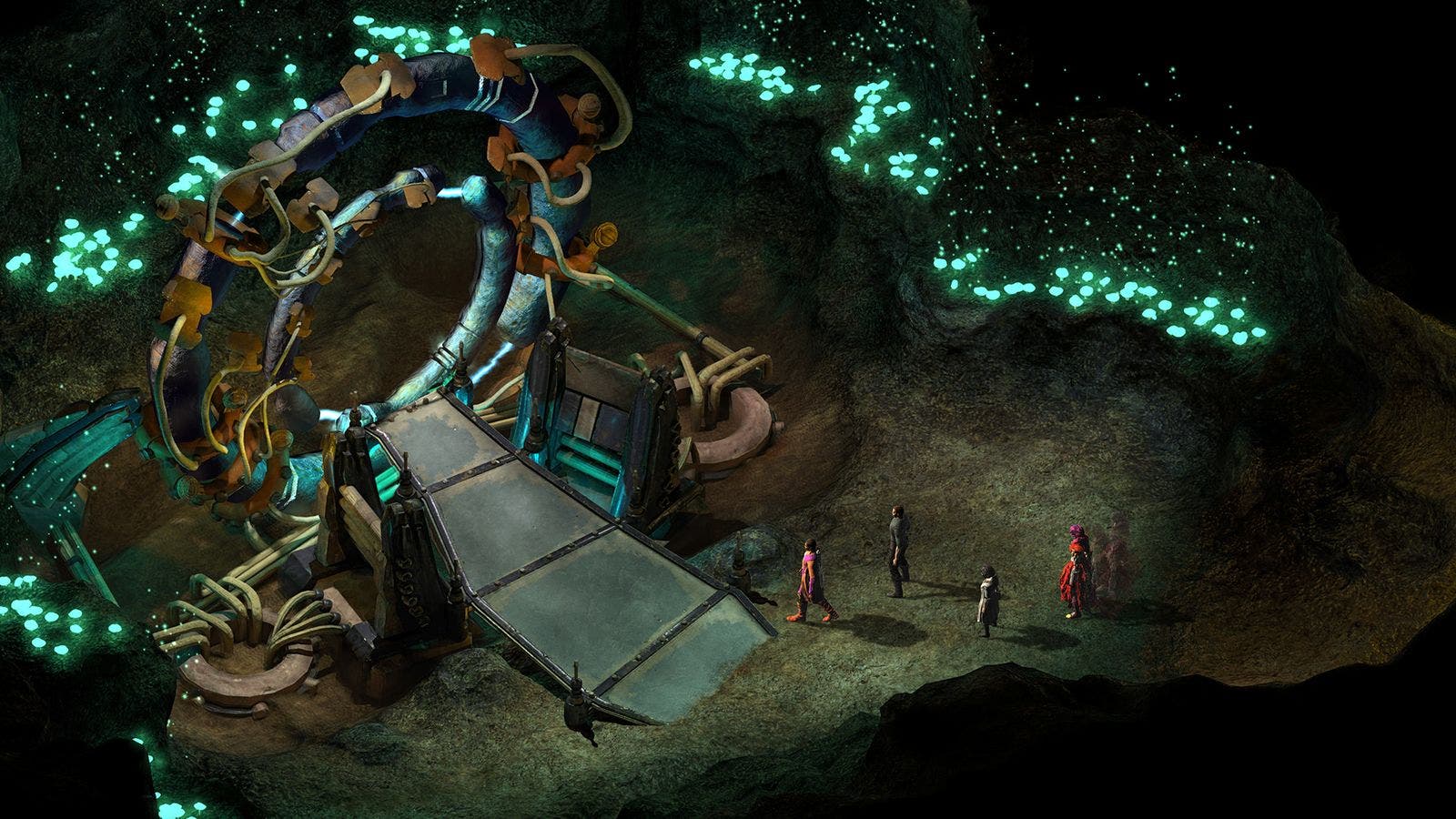


The red tide represents passion, for example, while selflessness is gold. Your actions also influence the titular Tides, an abstract expression of different aspects of the human psyche as colours. If you pick a trait like mind reading for your Last Castoff, you can trust that this'll be incorporated thoughtfully throughout the entirety of the campaign. Your choices really do matter, too: an early roleplaying decision that I expected to result in a 'game over' screen meaningfully changed the way my adventure began. There are multiple ways to encounter each storyline, with the way you happen to discover a quest often proving as important as the decisions you make at its conclusion. Sagus Cliffs is relatively compact by RPG city standards, but the game gets a lot of use out of each character and location. The term fits less well here, because Tides of Numenera is cleverly designed to thread a diverse array of different plotlines together. Quickly however Tides of Numenera becomes more about discovering this new world and the people who inhabit it, with your own story intertwining closely with what would be considered sidequests in any other game. Tides of Numenera is cleverly designed to thread a diverse array of different plotlines togetherĬastoffs like you are being hunted by a mysterious killer called the Sorrow, and finding a way to escape this seemingly-inevitable fate motivates your first steps into the Ninth World. And after that you awaken, miraculously healed, in the city of Sagus Cliffs. After death you enter the Castoff's Labyrinth, a dimension within your own mind where your character's class and key traits are determined by a memory-probing personality test. His discarded former selves-the castoffs-spontaneously form their own consciousnesses when they're abandoned.


 0 kommentar(er)
0 kommentar(er)
